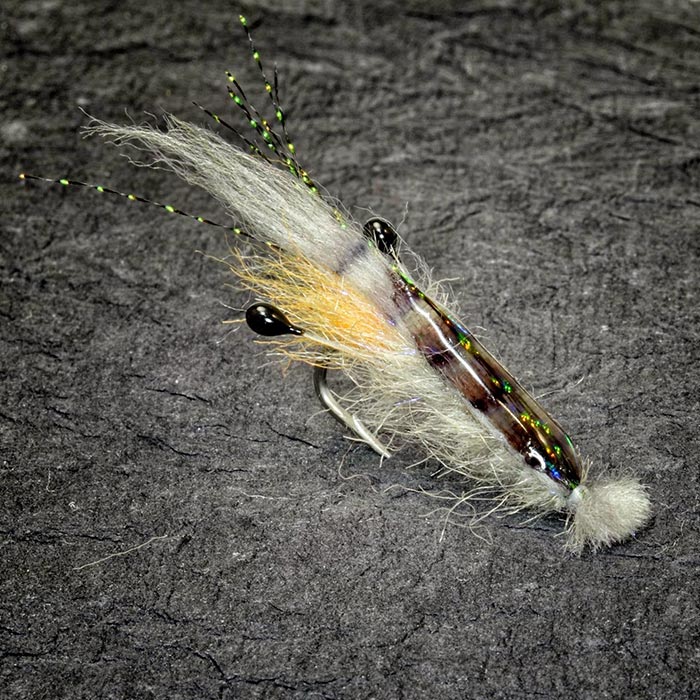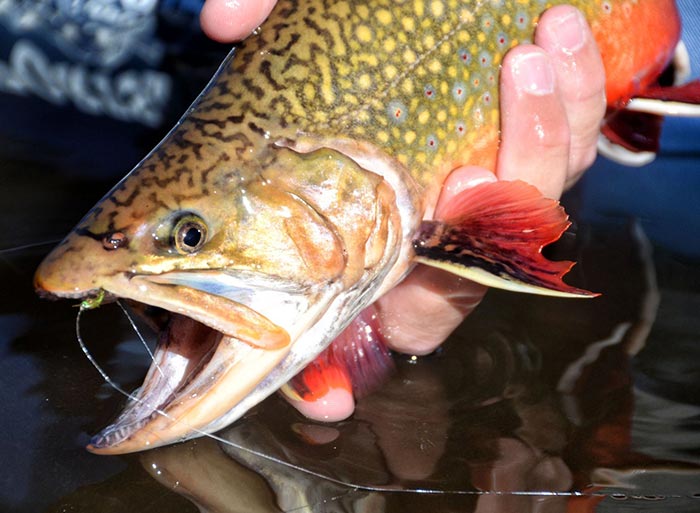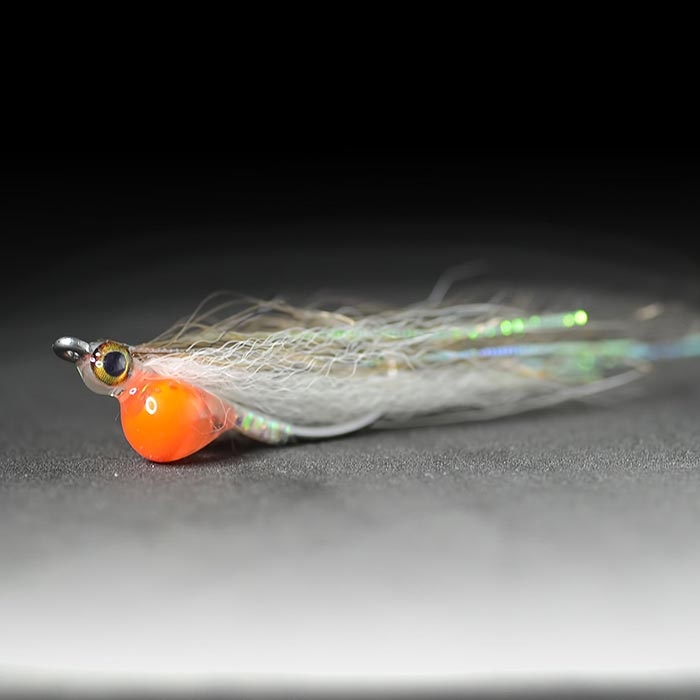In case you missed the first part of the interview, find it here. Enjoy the rest of our ten questions with Fly Fish Food.

What do you think are some of the most important things for fly tyers to keep in mind?
THERE ARE NO RULES. We see a lot of guys get really hung up on what they think is the only way to tie a fly, or they get hung up on natural vs. synthetic materials etc. Tie however you want with whatever you want. The more rules you have for tying and fishing, the more fun you are missing out on. We are pursuing an animal with a brain the size of a pea that literally exists to swim, eat, and poop… They really don’t care if you counter wrap your parachute pattern or if you use a rotary vise. And above all…HAVE FUN! This isn’t a contest or beauty pageant. It’s wrapping stuff on a hook.

Your different dubbing materials are great. Can you explain what goes into designing and producing a new dubbing?
They all start with an idea or a demand for something that isn’t already out there. Sometimes it’s an easy process that can be completed in a few hours, other times it takes months of trial and error before the proper blend it achieved. Maradub is an idea that Cheech racked his brain with for several months before he finally got a dubbing consistency that played well with the marabou fibers. Salty Snack was much easier because it’s basically Maradub without the marabou – essentially a by-product of Maradub. Bruiser Blend was one of the hardest to dial in because we were being picky about the consistency of the fibers, but it has proven itself over and over again as a must-have material. Once a material is dialed in, then we gauge how involved it is to blend in mass quantities before moving forward.

Over the past few years, have you noticed an increase of interest in fly tying? If so, why do you think this is happening?
Cheech – I think that it’s because there is more information out there than ever before. Before the age of the Interwebs, you would either have to fend for yourself and hope you found a decent book or class from your local shop. We are finding that there are a lot of dedicated tyers and fishers in areas that might not have a local shop to provide those services. With literally millions of tying tutorials out there, it’s easy to plop down in front of your vise and stream a video while tying right along with it, even if you have to stare at Curtis’ sausage fingers.
Curtis – From where I sit, the interest in fly tying has been out there, but we’re at a point now where there is so much helpful information for people and so I think the interest people have is much more easily converted into actual learning to tie. We have the “Fly Tying 101” section on the website and besides the tutorial pages, that’s the most visited area on our website. Not only that, one of our main goals in this Flyfishfood gig is to get people to open their minds to materials, techniques and patterns that they might not have considered. We sell a LOT of stuff in our store that 10 years ago didn’t even exist, so we see people really digging that sort of thing.

There has been a never ending flood of new materials, colors, tools, and techniques coming onto the market. How do you feel these innovations help fly tyers?
Cheech — These are the good ol’ days of fly tying. We have never had it so good with both quality and variety of materials, and innovative tools to help make tying easier and further reaching. This being said, tying can be as simple or as complex as you want it to be and it’s not always necessary to have all the newest tools or materials. This being said, if anyone ever stole my Wasatch Comb from my desk I’d have to chase them down, remove their fingernails with a dull spoon, and pour lemon juice on them.
Curtis – I think the material innovation we’re seeing now is one of the best things to happen to fly tying in years. It opens us up to new fly designs, new tying methods and color or texture combinations that hadn’t been considered before. That doesn’t take anything away from classic patterns and techniques, but just gives us more options of things to lash to a hook.

How has Fly Fish Food evolved over the years, and what can we expect from you in the future?
Well, in the last few years we have gone from a couple of guys running a blog and posting videos to now a pretty serious online tyer’s shop with a lot of specialty tools, flies, and materials. We are and will continue to be in rapid growth mode – pedal to the metal — adding new materials/hooks/tools and new vendors to the store, while focusing on new tutorials and lots of reviews for our Youtube channel and blog. We want to provide the content and product that we ourselves would seek out and become consumers of. It’s been a lot of hard work, but it’s an industry that we love so the bonus is getting to enjoy what we do!
Many thanks to Cheech and Curtis for their time and their great answers! Keep up the great work guys.
All images and videos in this post are courtesy of Fly Fish Food.

